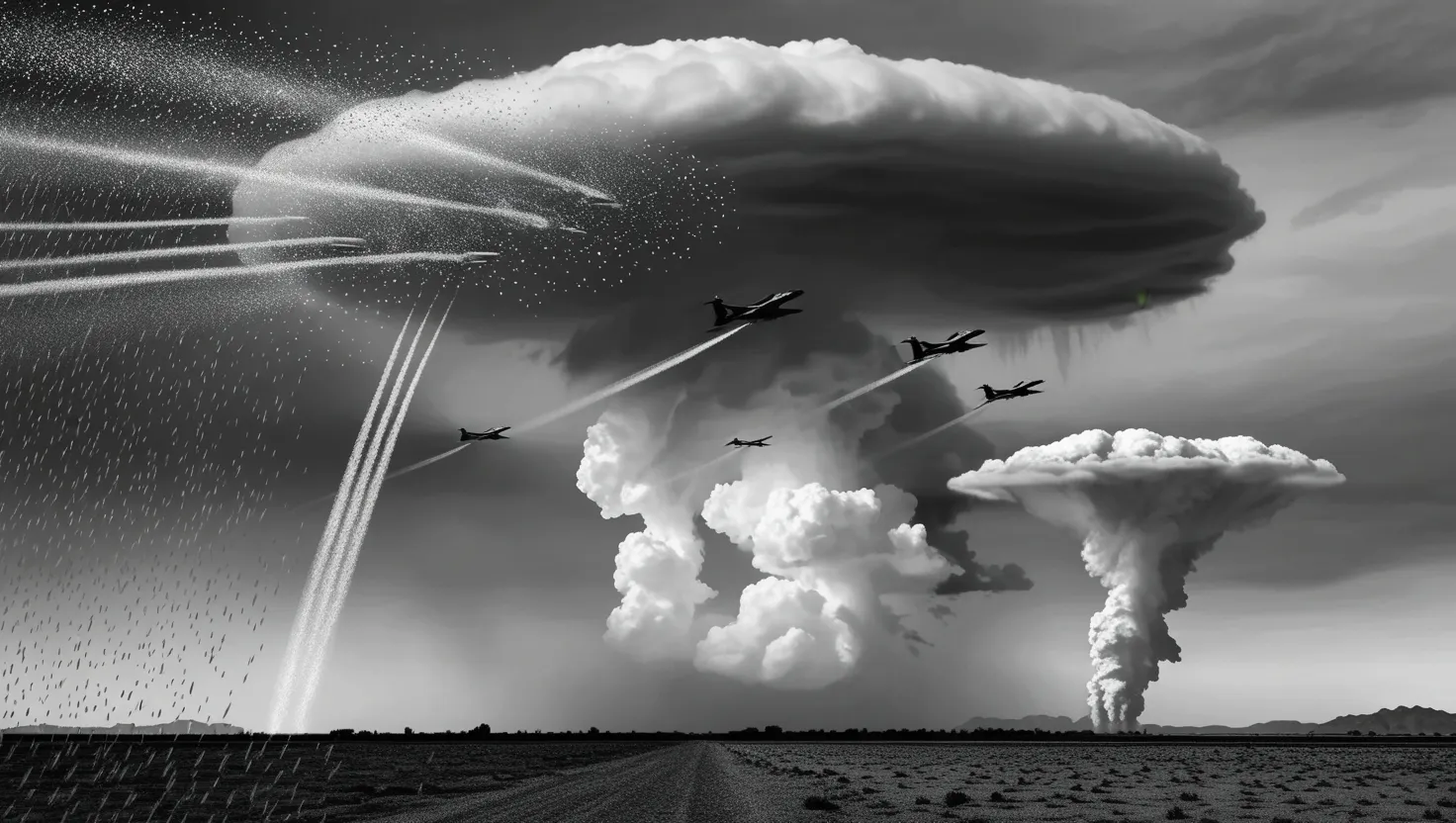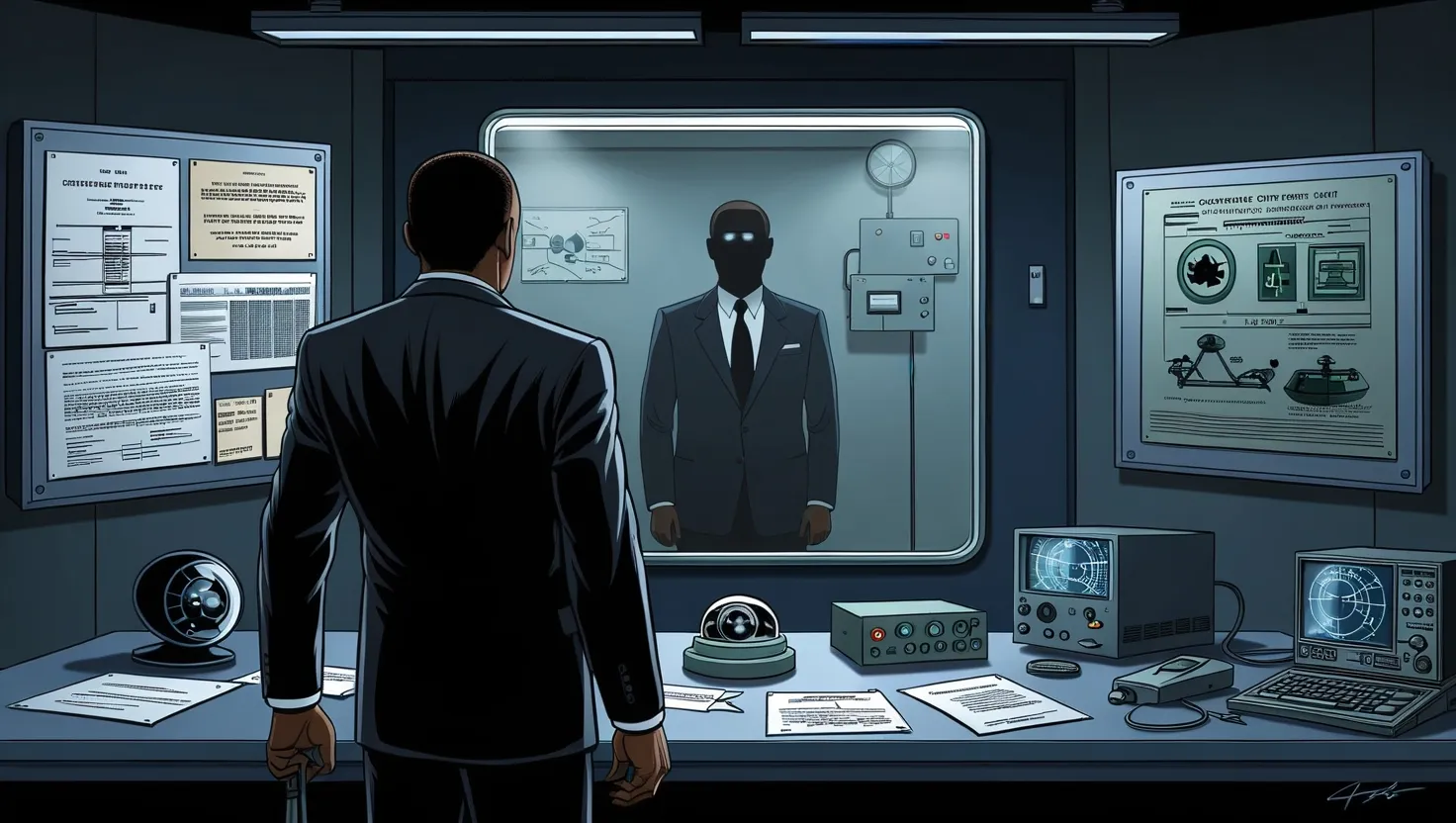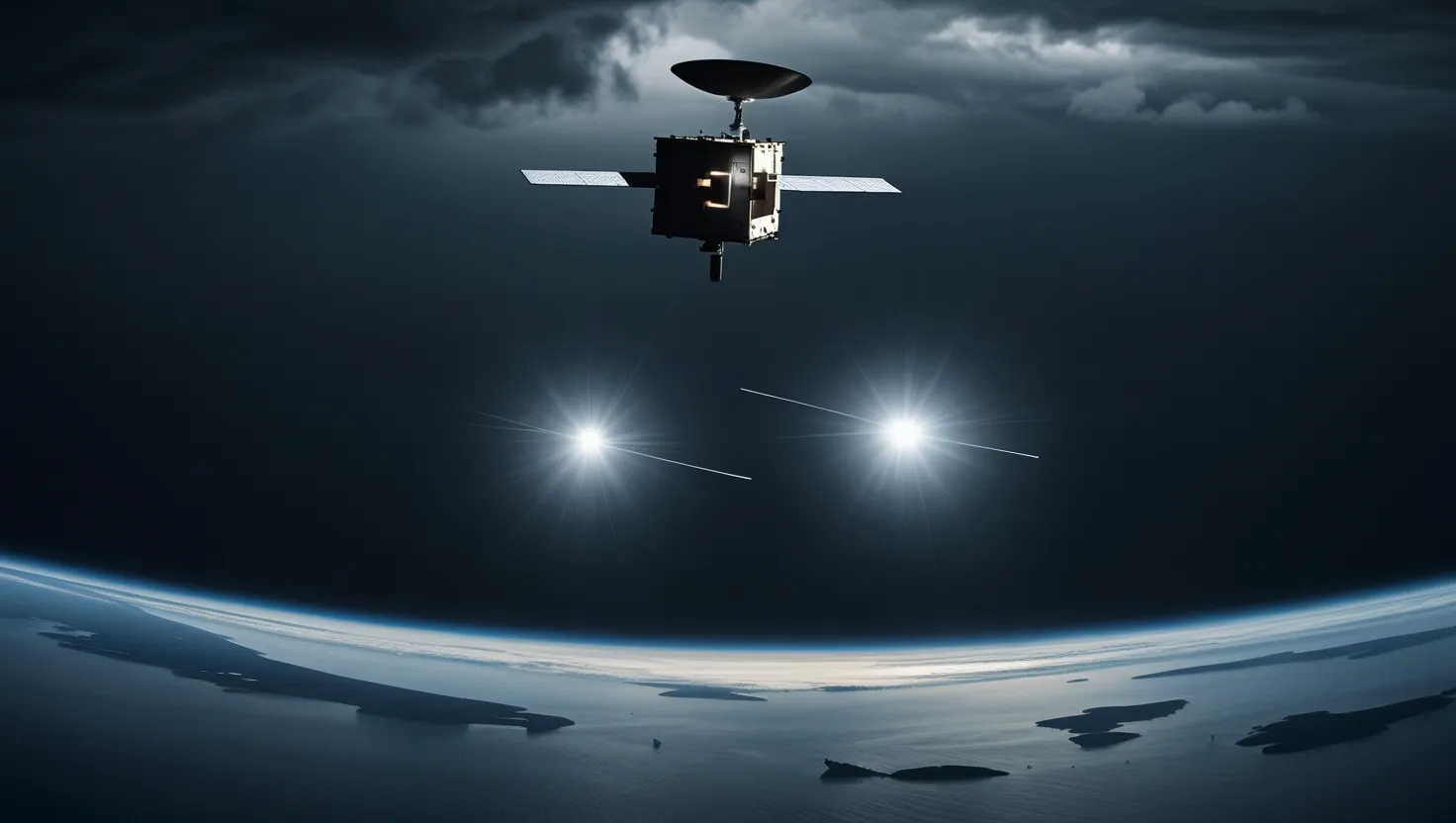When I first come across the accounts of the 1904 phantom airship wave, I find myself standing at the intersection of skepticism and wonder. Here’s a story whispered through the corridors of British history yet rarely dissected outside circles of niche enthusiasts: a winter when the skies themselves seemed to spark with possibility, dread, and something stranger still. It started quietly with scattered reports of structured craft—machines with intense searchlights, swooping and darting with impossible agility—seen by people from every corner of society. Policemen on night patrol, naval officers, railway workers, and astronomers all looked up and, for a brief moment, agreed on what they saw: something utterly outside the ordinary of Edwardian nights.
Did these events in 1904 signal early experiments with drones or represent a mass episode of shared psychological suggestion? Should I accept the comfortable, rational explanations or admit irreducible oddities that still linger with no clear resolution? “The most beautiful thing we can experience is the mysterious,” Albert Einstein once said, and this episode certainly qualifies.
Most familiar accounts of the period reduce such sightings to mistakes, pranksters, or imaginative panic. After all, the sky has always been a stage for collective anxiety as much as aspiration. But what makes the 1904 wave so fascinating is not just the sheer number of witnesses or the consistency in their descriptions—it’s the contradiction between their testimony and what was scientifically possible at the time. Why did so many report seeing structured craft, lit by powerful, colored searchlights, performing abrupt maneuvers without a single sound?
This silence reported by witnesses strikes me as particularly baffling. Contemporary airships and dirigibles were noisy contraptions, hissing with escaping gas, their engines clattering and coughing. Early airplanes couldn’t have taken to the sky unnoticed. Yet what people described moved with purpose and in total silence, almost as if designed to be seen but not heard. Was this calculated intimidation? Or an echo of something beyond contemporary invention?
One detail that draws my attention is the pattern of sightings: hundreds of incidents not scattered haphazardly but clustered with uncanny precision near coastal towns and especially around military facilities. If one intended to test secret machinery or conduct systematic reconnaissance, these would be the very places to do it.
A peculiar turn in the story comes from archival discoveries: the Royal Navy’s records showing experimental work with remote-controlled vessels as early as 1903, and a series of patents for what we’d now recognize as unmanned aerial vehicles. None reached public demonstration, at least officially. Yet naval logs refer to “night exercises with new detection apparatus,” entries written up at the exact time these strange craft were being reported in the newspapers. Does this point to a secret program using technology decades ahead of its time, or is it just an enticing coincidence?
Here, I remember another famous quote—a caution, perhaps—by Arthur C. Clarke: “Any sufficiently advanced technology is indistinguishable from magic.” The strange craft seen by thousands were, in their time, the very definition of magic. But were they, in fact, glimpses of the future hidden in plain sight?
At the same time, not all modern researchers accept the technological hypothesis. Some argue that mass psychology, triggered first by a few sincere reports and amplified by a sensationalist press, could account for even detailed, consistent descriptions. Yet an awkward problem persists: many of the first sightings predate any newspaper reports. If mass suggestion works, what sparked the initial vision? Paranormal explanations—beings from Mars, interdimensional visitors—were proposed even then, but these generally reflect more about human imagination than the evidence itself.
Atmospheric conditions add another layer of intrigue. Meteorological data from the winter of 1904 notes freak temperature inversions—a rare event where warm air traps a layer of cold air near the ground. These inversions can create optical effects, sometimes distorting the size and position of distant lights. Ships, lighthouses, or even stars might appear to move or change color when seen through this natural lens. But does this fully account for the description of solid, structured objects with intelligent motion? The answer remains elusive.
Think about this: would you trust your own senses so fully if you saw something completely outside experienced reality? Or could a perfect storm of stress, technology in its infancy, and wild storytelling drive rational people to share the same fantasy? “The eye sees only what the mind is prepared to comprehend,” observed philosopher Henri Bergson. Perhaps some were primed to expect invaders, spies, or visitors from another world. The tensions of a Britain edging precariously toward an age of airborne warfare may well have stoked public imagination—and fear.
Yet, for every argument favoring psychological contagion, there remain testimonies from people with training and expertise—observers unlikely to confuse Jupiter for a dirigible. Accounts from military observers are especially hard to dismiss, and some even reported their own unsuccessful chases after the mysterious objects. I imagine the frustration of those early airmen, left only with questions—and the vague sense that the sky itself was conspiring to keep its secrets.
Newspaper coverage at the time, while prone to hyperbole, did little to tamp down speculation. Some journalists indulged in fantasy, describing would-be Martian pilots or enemy spies; but others relayed matter-of-fact reports from credible sources, stoking demands for official investigation and fueling public paranoia.
Let’s not forget the broader context. Edwardian Britain was captivated and terrified by changes in the sky. The Wright brothers had just flown at Kitty Hawk. German Zeppelin development was close behind. As aviation shifted from science fiction to imminent reality, every light in the sky could be read as prophecy—or threat. In this sense, the 1904 airship wave became a mirror for collective hopes and fears.
If you were living in that world, how would you interpret these events? Would you suspect foreign spies testing new weapons? Would you believe in pioneering inventors risking government ire? Or would the explanation rest in shared myth-making, a society dreaming—and sometimes fearing—together, projecting imagination onto the canvas of the night?
The most interesting part, at least for me, is how these events laid the foundation for later accounts of unexplained aerial phenomena. From “foo fighters” in World War II to the modern “UFO” reports, the 1904 airship wave was an early template for how technology, psychology, and government secrecy could tangle together. What began as scattered sightings ended up shaping public discussion of what is possible—and what lies just beyond reach.
The story still matters, even though its characters are long gone. Decades later, ideas first prompted by those winter nights—remote surveillance, pilotless aircraft, the manipulation of perception—are woven into the very fabric of our world. As I sift through the records, I’m drawn to the gaps and silences; to the boundaries between known and unknown.
“I do not think much of a man who is not wiser today than he was yesterday,” said Abraham Lincoln. Looking back at the 1904 airship wave is not only an exercise in curiosity but a lesson in humility. Technological progress, social anxiety, and even collective error all have their part in shaping history. Whether those winter sightings were glimpses of early drone tests, a grand experiment in mass perception, or something even more mysterious, the questions they pose are as relevant today as ever.
When you look up at the night sky, with all our advanced technology and supposed certainty, how sure are you of what you see? How much do you trust the stories others bring back from the darkness? The greatest mysteries don’t always ask for solutions—they invite us to keep asking, to remain open to the extraordinary just beyond the edge of explanation.
As I reflect on those restless nights in 1904, I can’t help but think: perhaps the legacy of the phantom airships isn’t a definitive answer. It’s the durable value of looking up, asking hard questions, and being willing to confront both the limits of knowledge and the power of imagination.






